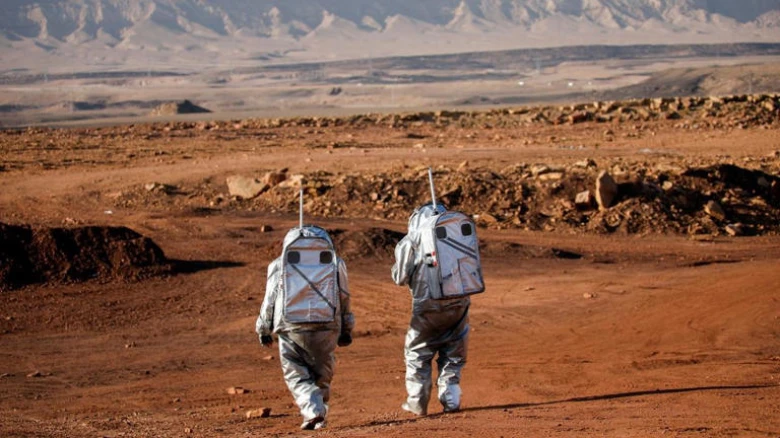"During the simulation, crew members will carry out different types of mission activities, including simulated spacewalks, robotic operations, habitat maintenance, personal hygiene, exercise, and crop growth,"
NASA said in a statement.
In order to replicate the conditions on Mars as closely as possible for when people reach, the crew will also experience environmental pressures such as resource constraints, isolation, and equipment failure.
"The main crew activities during the analog may consist of simulated spacewalks, including virtual reality, communications, crop growth, food preparation and consumption, exercise, hygiene activities, maintenance work, personal time, and science work," NASA said in its mission brief.
Crew members will spend time remotely controlling robotic elements, which will almost certainly be required for real Mars crews to expand their exploration capabilities. They will also be in charge of operating a helicopter-like drone and a roving robot. In order to better understand the requirements for a Mars habitat, NASA is planning three similar analog trips.
"We're really interested in how crew performance and health change in response to realistic Mars constraints and crew members' lifestyles. Therefore, we're attempting to simulate the lifestyle by providing the CHAPEA team with a realistic atmosphere and workload," said Raina MacLeod, CHAPEA deputy project manager.

Leave A Comment